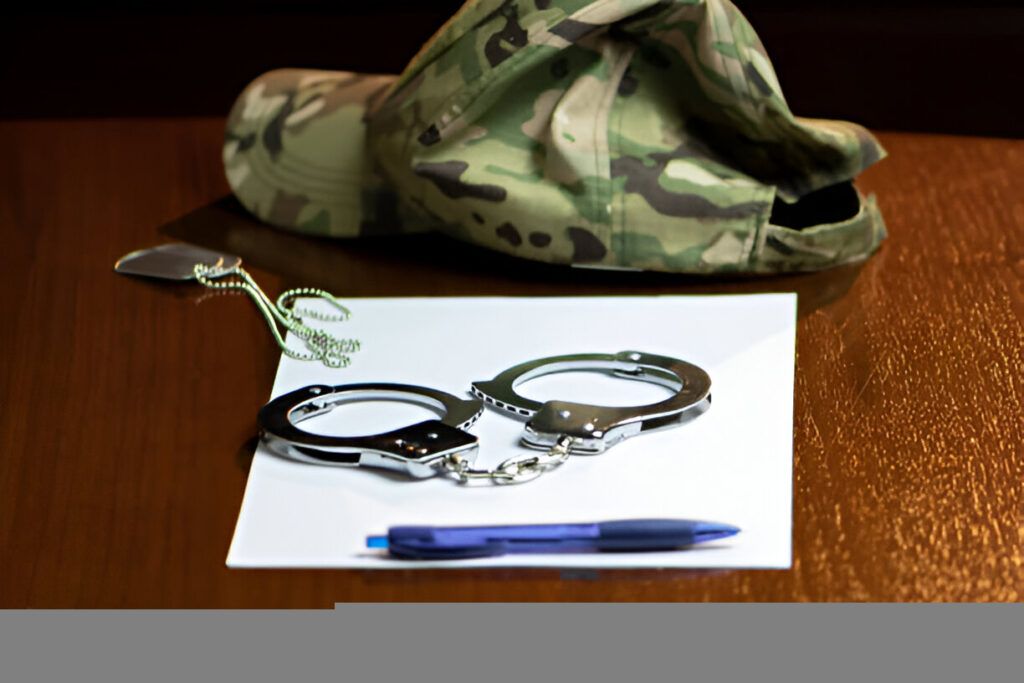Facing a military criminal defense case can overwhelm you. Understanding the types of evidence that can be used is crucial to your defense. Evidence serves as the backbone of your case, and knowing what’s available can make a difference. Physical evidence, like weapons or documents, plays a significant role. Testimonies from witnesses, both direct and circumstantial, can support your narrative. Digital evidence, including emails and video footage, often sheds light on details. Each piece holds weight and can influence the outcome. An attorney can help you identify and gather relevant evidence effectively. Their guidance ensures that nothing is overlooked. The legal process is complex, but with the right evidence, you can build a strong defense. Remember, every detail counts. Equip yourself with knowledge and seek professional support when facing military legal challenges. This approach can empower you to navigate your defense with confidence and clarity.
Types of Evidence in Military Cases
Military cases require specific types of evidence to be presented effectively. Understanding these types helps you and your attorney build a case that is strong and defensible. Below are the main categories of evidence:
- Physical Evidence: Tangible items such as weapons, clothing, or documents. These items can be pivotal in proving or disproving elements of the alleged crime.
- Testimonial Evidence: Statements from witnesses. These can be either direct eyewitness accounts or circumstantial, providing context to the situation.
- Digital Evidence: Emails, text messages, and video recordings. In today’s digital age, these forms of evidence can be crucial to understanding the events.
Role of Physical Evidence
Physical evidence is often the most apparent form of proof. It involves any material object that can establish facts relevant to the case. Consistent documentation and preservation of these items are essential. For example, in a case involving weapon use, the weapon itself, along with any fingerprints or DNA found on it, would be critical.
Each piece of physical evidence must be collected legally and preserved properly to be admissible in court. Mishandling evidence can lead to its dismissal. More details can be learned from the U.S. Courts Defender Services.
Understanding Testimonial Evidence
Testimonial evidence comes from witnesses. These are individuals who have observed the incident or know details about it. Their accounts can either support or refute your case. Witnesses can offer direct testimony or describe related circumstances that provide context. Preparing witnesses to clearly and truthfully state what they know is vital. Your attorney can help to ensure that testimonies are presented accurately and effectively.
Importance of Digital Evidence
Digital evidence encompasses all electronic data. This includes emails, text messages, social media posts, and digital recordings. Such evidence can often provide a timeline or context to the alleged crime. Securing this evidence early is key, as digital data can easily be altered or deleted.
Evidence Comparison Table
| Type of Evidence | Description |
| Physical Evidence | Includes tangible items like weapons, documents, and clothing. |
| Testimonial Evidence | Statements from direct or circumstantial witnesses. |
| Digital Evidence | Comprises electronic data such as emails, videos, and social media. |
Navigating the Legal Process
The court-martial process demands precision and expertise. Each type of evidence must be presented in compliance with legal standards. Your attorney will guide you through this process, offering advice on the best strategies for your defense. Their role is crucial in identifying the most compelling evidence and ensuring it is admissible.
Building a Strong Defense
A strong defense relies on more than just collecting evidence. It requires a strategic approach to presenting that evidence in a way that supports your case. This involves careful planning and coordination with your attorney. Knowing the strengths and weaknesses of your evidence helps in anticipating challenges and preparing rebuttals.
Engaging with your attorney early and staying informed about your case can significantly enhance your defense strategy. For more guidance on navigating a military defense case, consider consulting with a Judge Advocate General’s Office.
Conclusion
Facing a military criminal defense case can be daunting, but understanding the types of evidence available can ease the process. Physical, testimonial, and digital evidence each play a unique role in constructing a strong defense. With the guidance of an experienced attorney, you can ensure that your evidence is effectively utilized. Remember, every detail matters, and being informed empowers you to face legal challenges with confidence.



